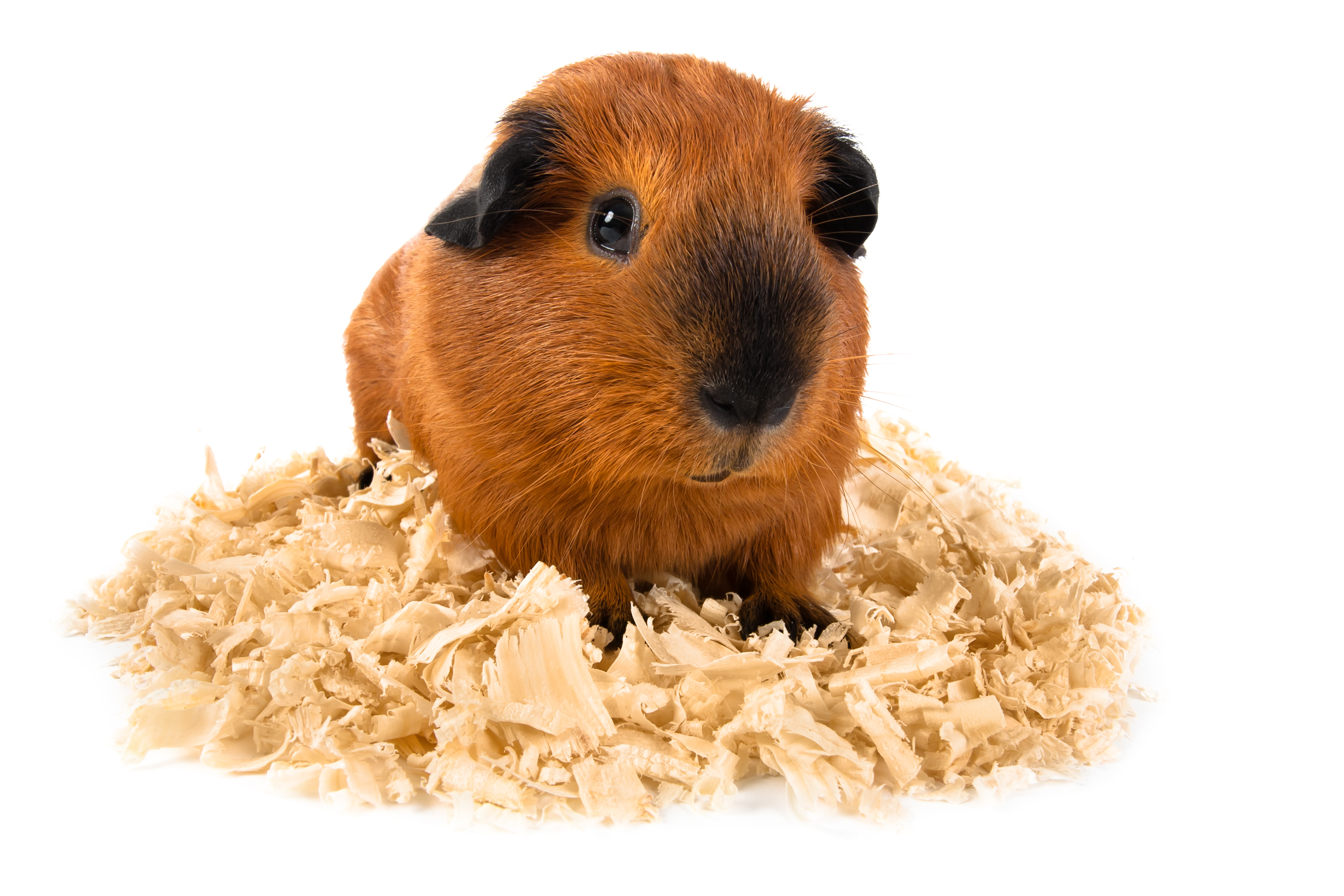Can you litter train guinea pigs? Should you potty train them? And, more importantly, just how hard is litter training guinea pigs? As every piggy owner knows, these guys are not like cats or dogs. They like to poop wherever they happen to be – going to the bathroom where they eat, sleep, relax, or even stand. If you are expecting cavies to take to litter boxes quickly and easily, think again. Piggies don't let you know when they need to go, so you can't expect to hear any barks or other warnings. With animals that don't have the ability to communicate easily, it can make potty training more of a challenge.
It's good to understand that every piggy is different. Some like to do their number twos in a few different spots in their hutch, heading over to their preferred spots when they need to go. Then there are the piggies who will go wherever they happen to be standing. These guys are a bit harder to train. There are a few benefits to getting your piggy to use a litter box, such as a cleaner hutch, less time spent cleaning up, less cost on replaced hay and bedding, and, of course, better hygiene. On the other hand, trying to force them into using a litter tray may not always be the best option.
Before you get started, there are some things you'll need to know. In this guide, we share some advice on litter training guinea pigs to help you understand the process a bit better.
Guinea pigs aren’t like cats, dogs, and humans as far as their eating and bathroom habits are concerned. Guinea pigs essentially eat around the clock, which means they poop around the clock, too. Some guinea pigs can be mostly litter “trained,” but for most it is a losing battle ... and that's okay!
While it isn’t realistic to expect guinea pigs (especially those that have adequate living space) to run to the box every time they need to go (you win this round, rabbits), we can cut down on mess by understanding their unique anatomy as well as when and where they instinctively use the bathroom in the wild.
The Physiological Disadvantage
Although guinea pigs have a longer colon than other rodents, around 60% the length of their intestines, the cavy digestive system wastes no time. The process from start to finish can be as quick as a few hours, with about 20 hours being average. A guinea pig fed a proper high-fiber diet that consists mostly of long-strand grass hay can make around 150 poops in 24 hours! Can you imagine taking that many bathroom breaks each day?
Like rabbits and other herbivores, guinea pigs have a large caecum to help maximize nutrient content from plant matter. In the caecum, there are special bacteria that break down digestible fiber. Some of the nutrients can be digested right there in the caecum, but most need another round down the small intestines for absorption. Because of the caecum, guinea pigs get a second chance to derive important nutrients from food that isn’t fully broken down the first time.

You may not see all those aforementioned poops, because guinea pigs eat their special poos, the caecals, right from their bums or shortly following their exit. These droppings contain essential vitamins that are more easily absorbed, as well as good bacteria for healthy intestinal flora. This process is essential for a guinea pigs' digestive health. They should never be discouraged from eating their own droppings.
Pooping in Public
Have you noticed that your guinea pig doesn’t like to poop or pee on your lap, or even during floor time? The majority of guinea pigs like to potty in the privacy of their own dwelling. During floor time, you may notice guinea pigs poop most in corners and under dark, covered spaces (like your too-heavy-to-move couch).
You can take advantage of that pattern by placing litter boxes where they’re already preferring to do their business. Guinea pigs aren’t as consistent as rabbits, though, and they won’t understand poops outside of the box as undesirable behavior. With that speedy digestive system, sometimes things just fall out!
Work With, Not Against, Natural Instinct
You can follow the same practices in the cage to cut down on mess. For obvious reasons, guinea pigs pee and poop most where they eat or drink. If you’re a fleece bedding user and want to extend the time between full cleaning sessions, try using paper or aspen bedding in one area of the cage. This kitchen area can make a great spot for hay, pellets, and water bottles.
Guinea pigs, as natural foragers, don’t just eat their hay. They are happiest when they can hide, play, sleep, and potty in it. Big piles of hay encourage guinea pigs to eat as much as they should, and can double as a litter area. Replacing the kitchen section of the cage with fresh bedding and hay daily will keep the entire cage looking - and smelling - cleaner.
Interested in learning more about litter training (or not litter training) other small animals? Check out these articles:





